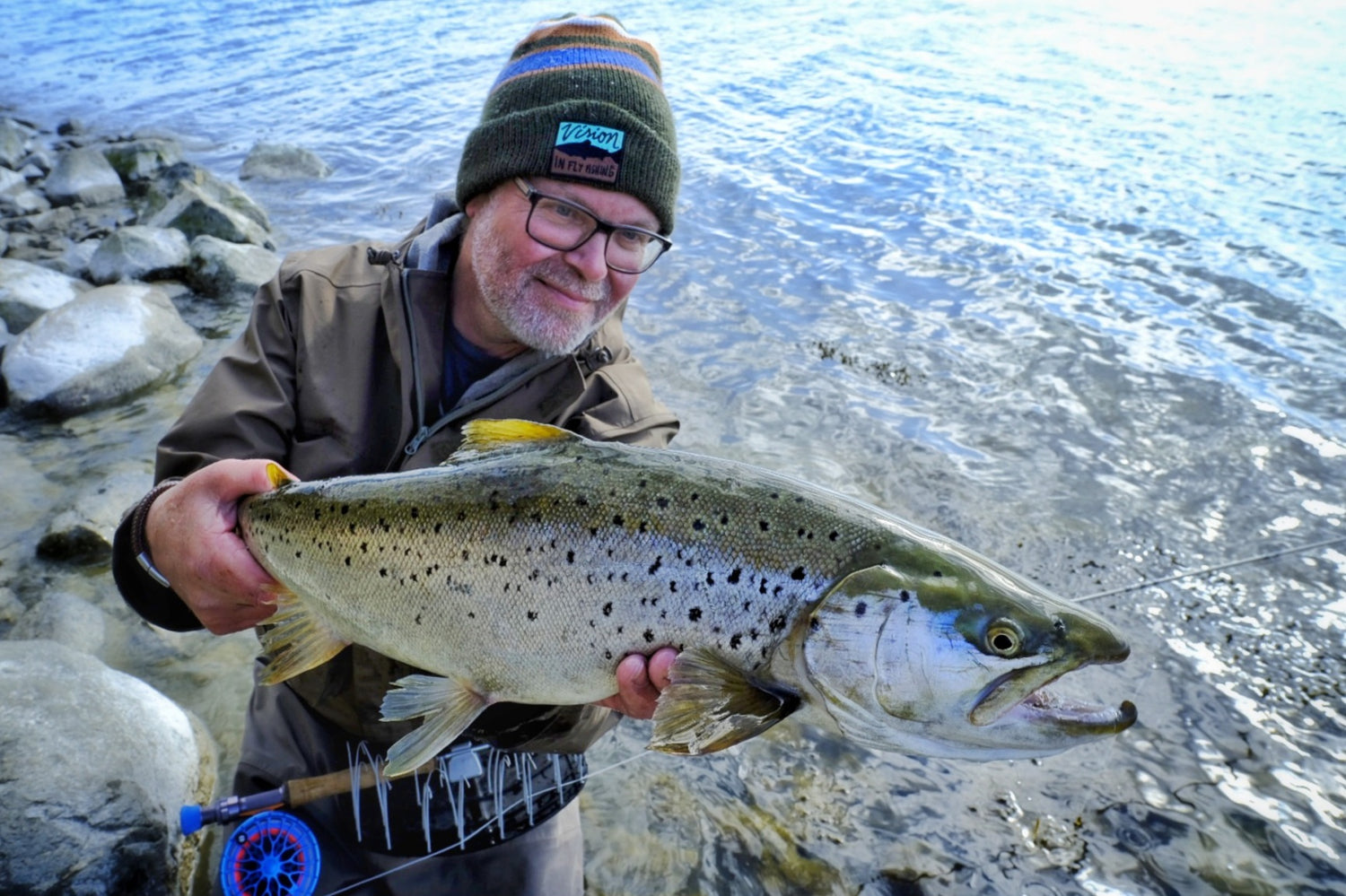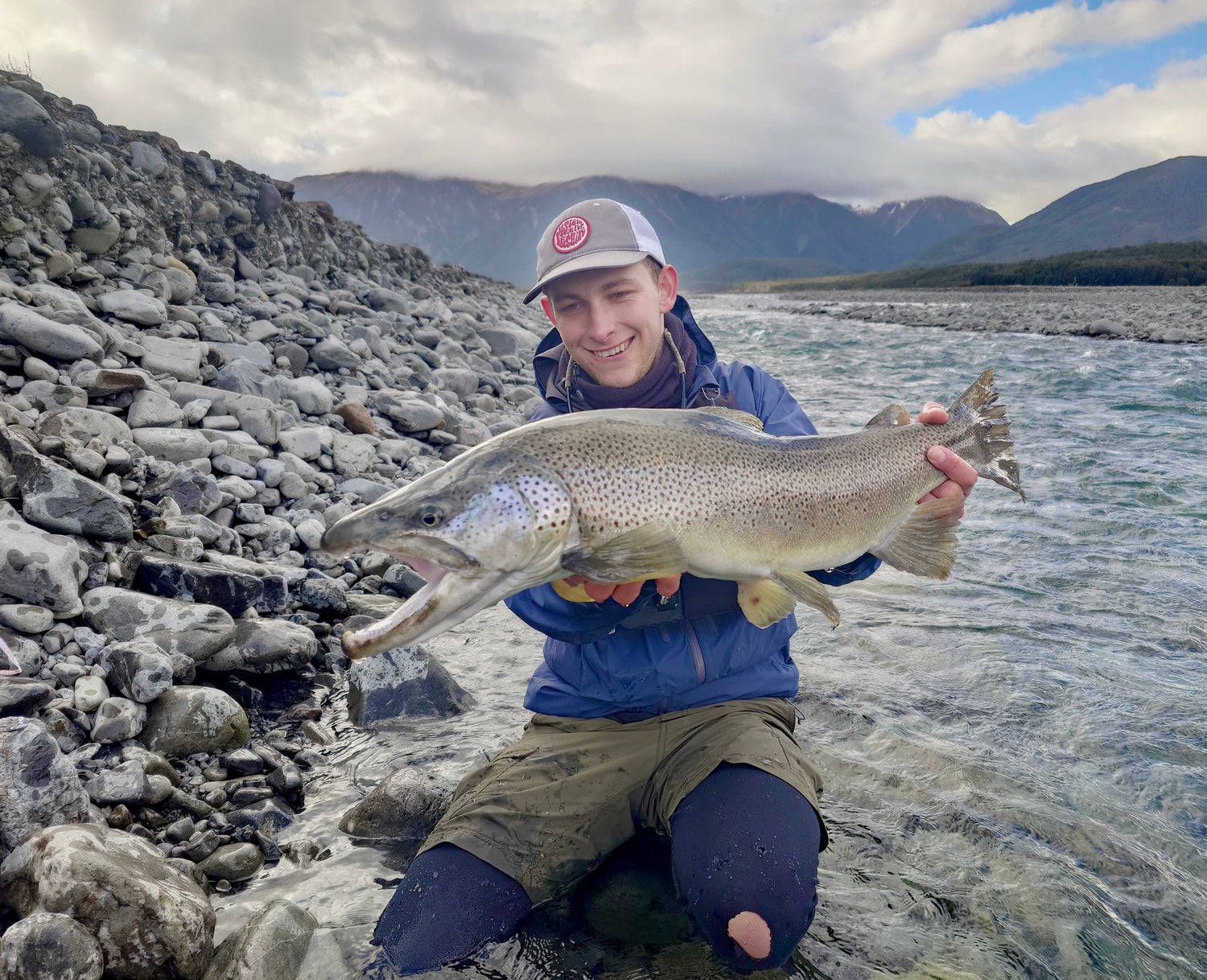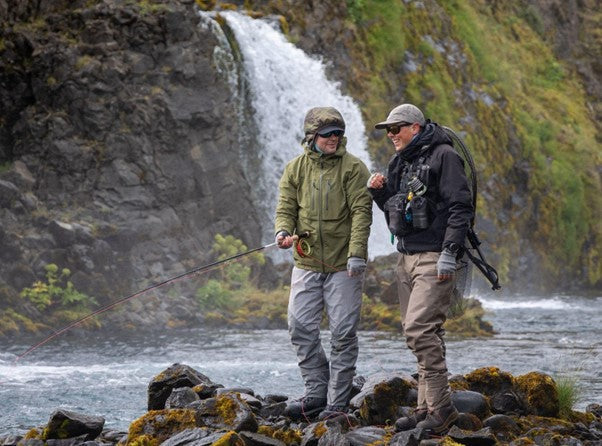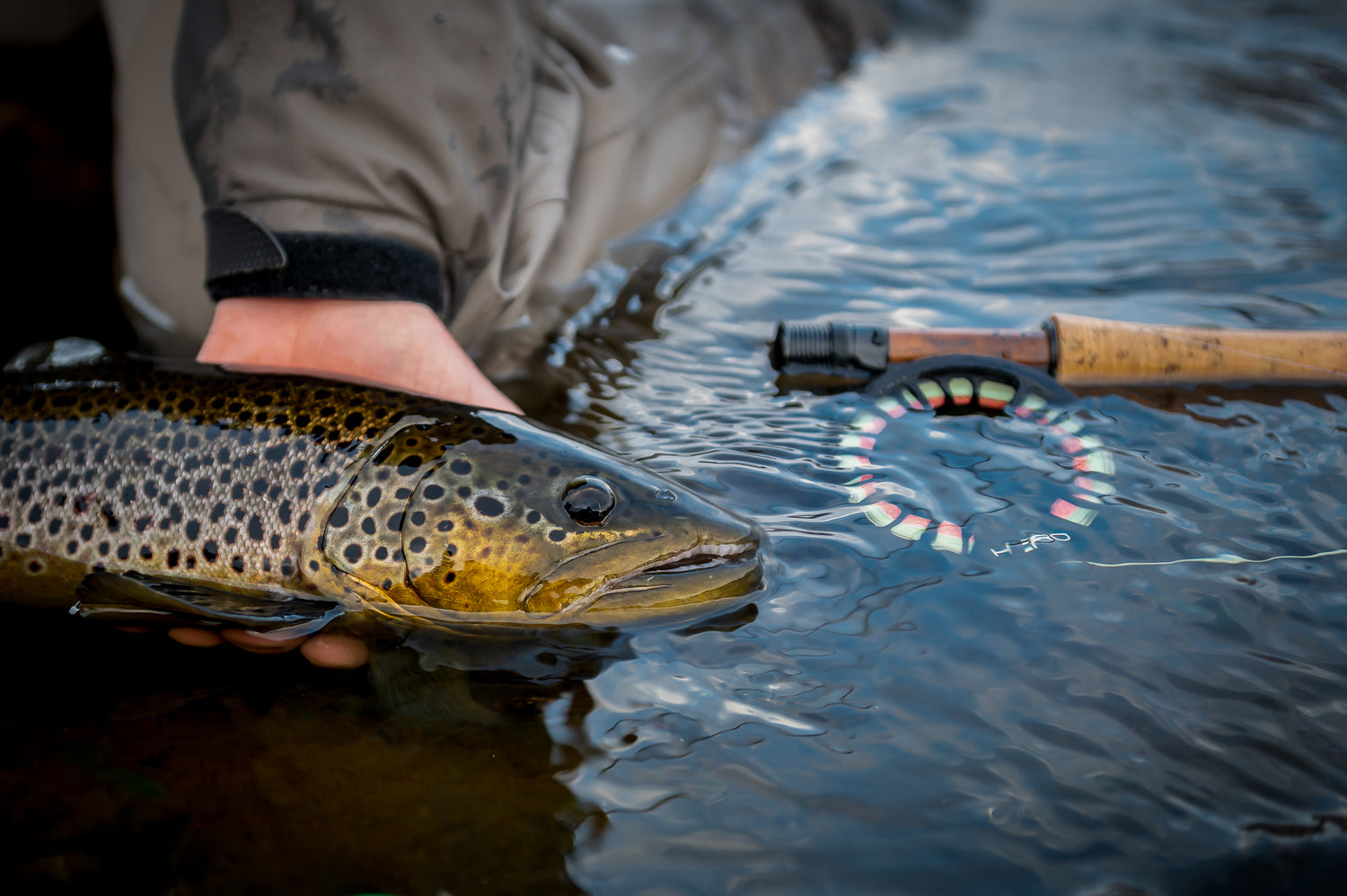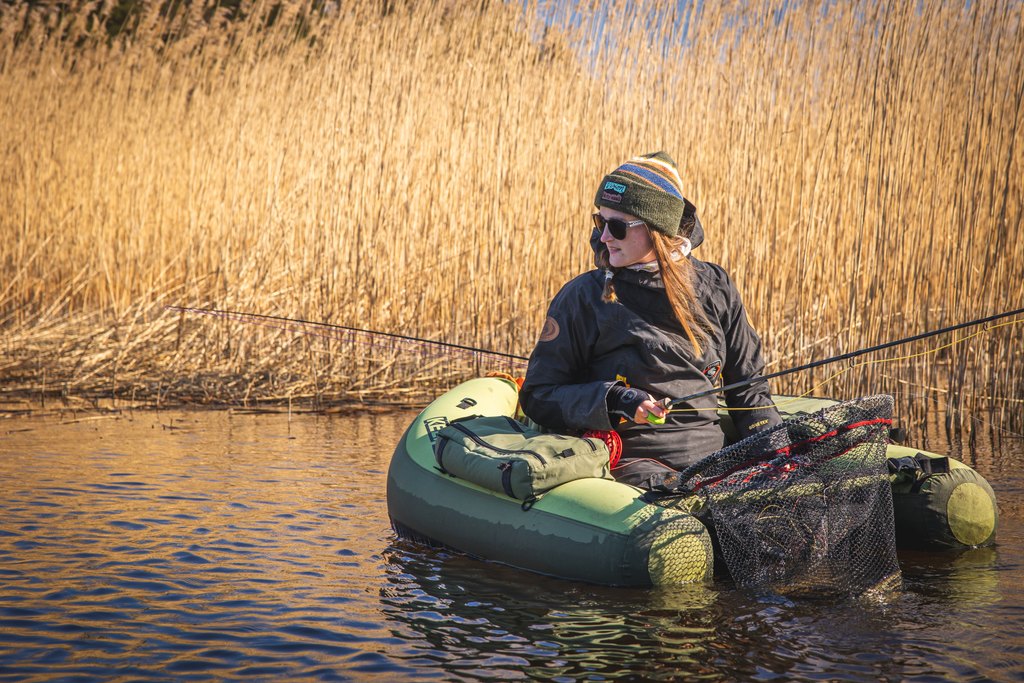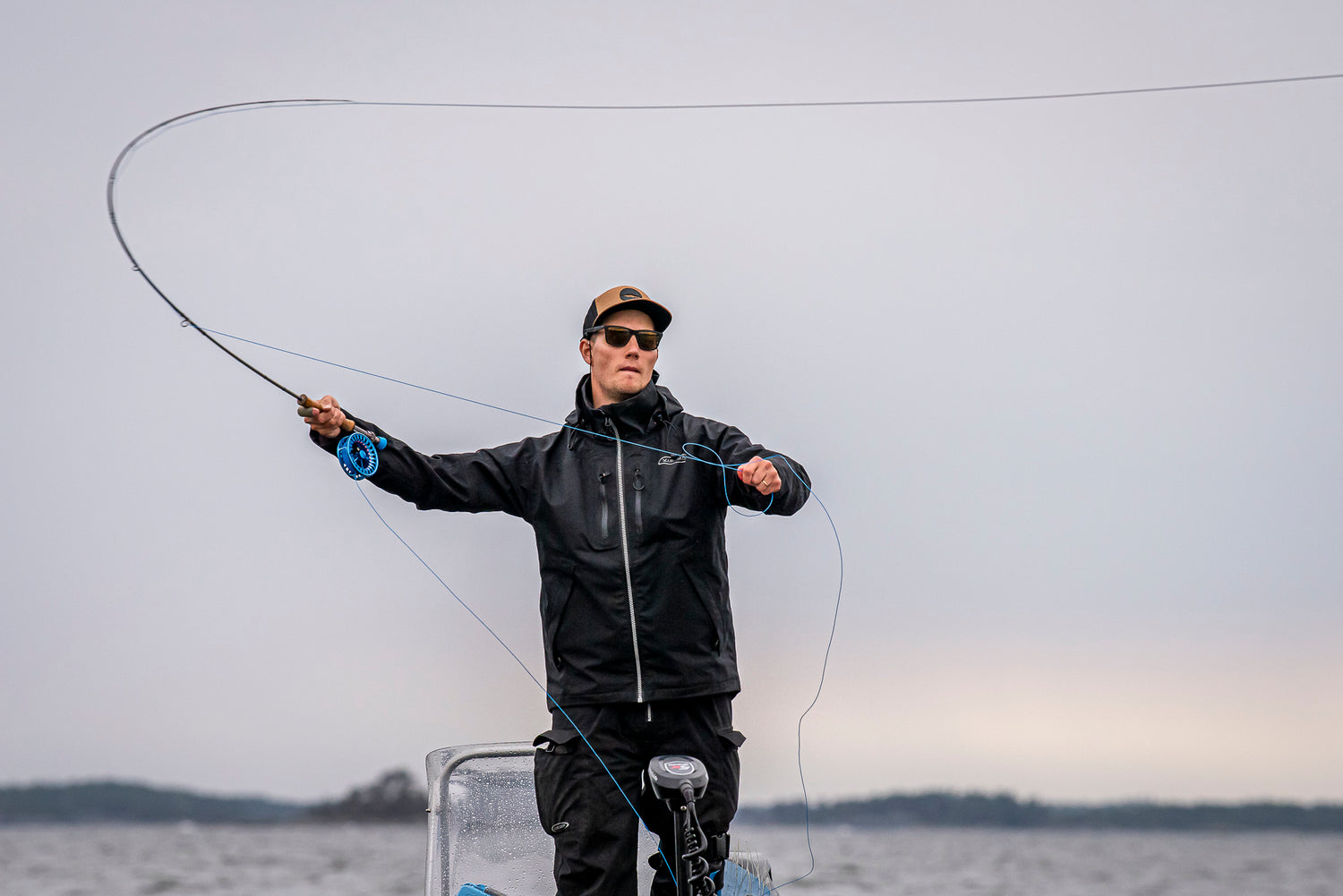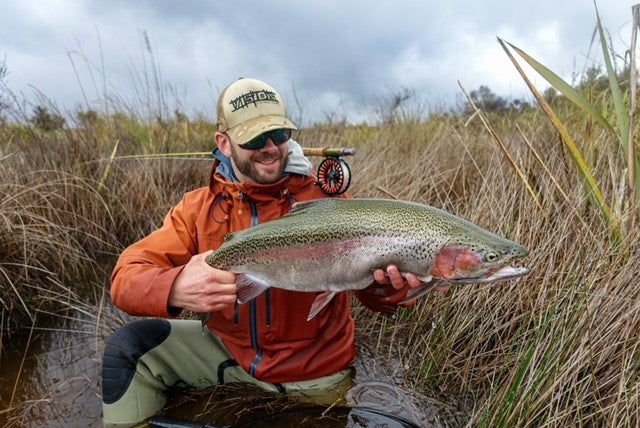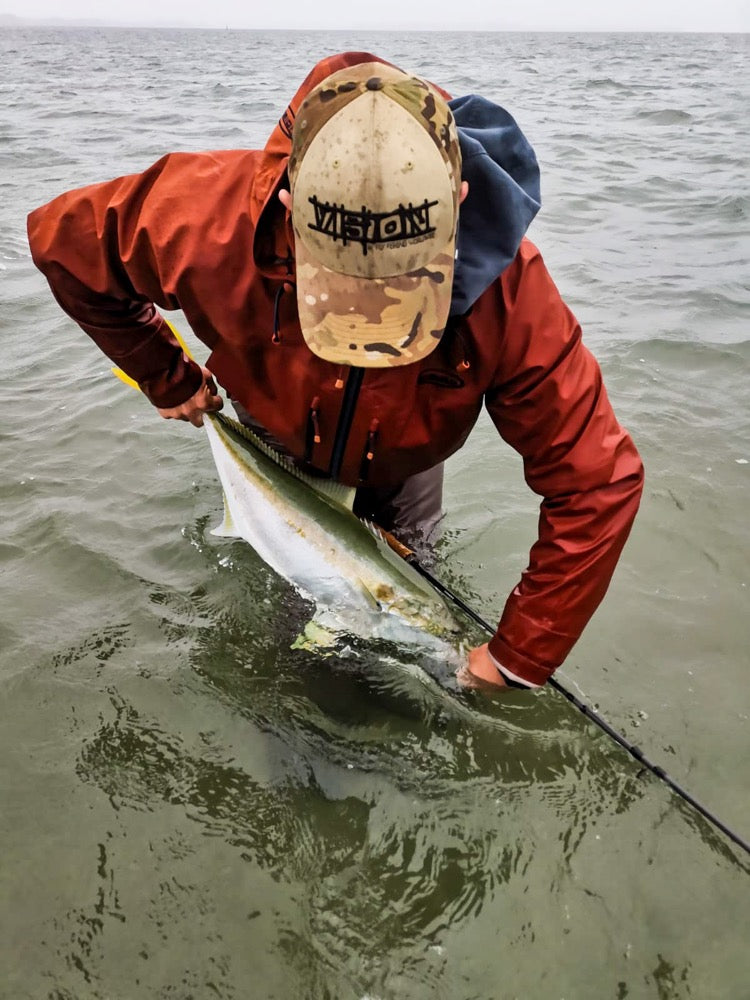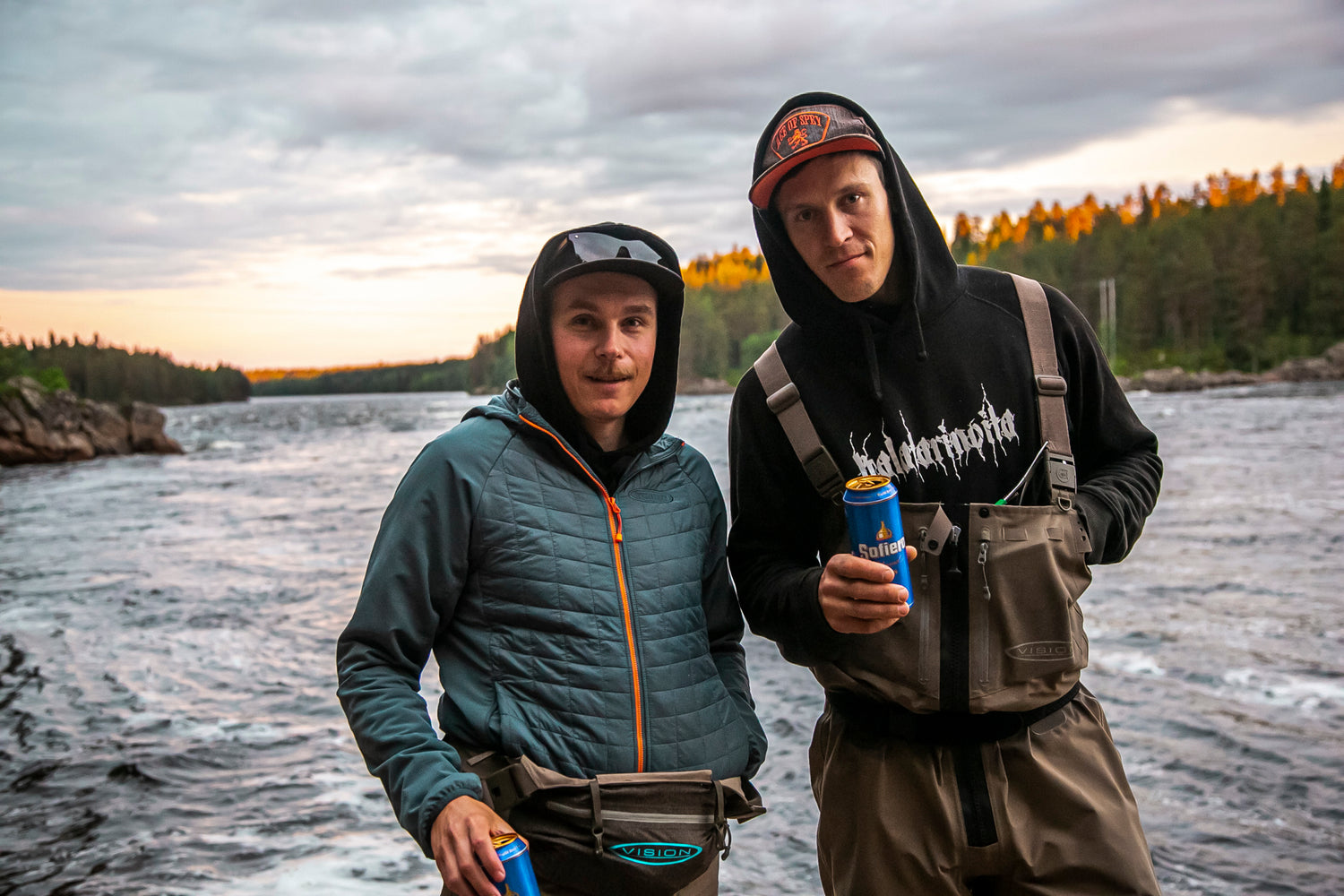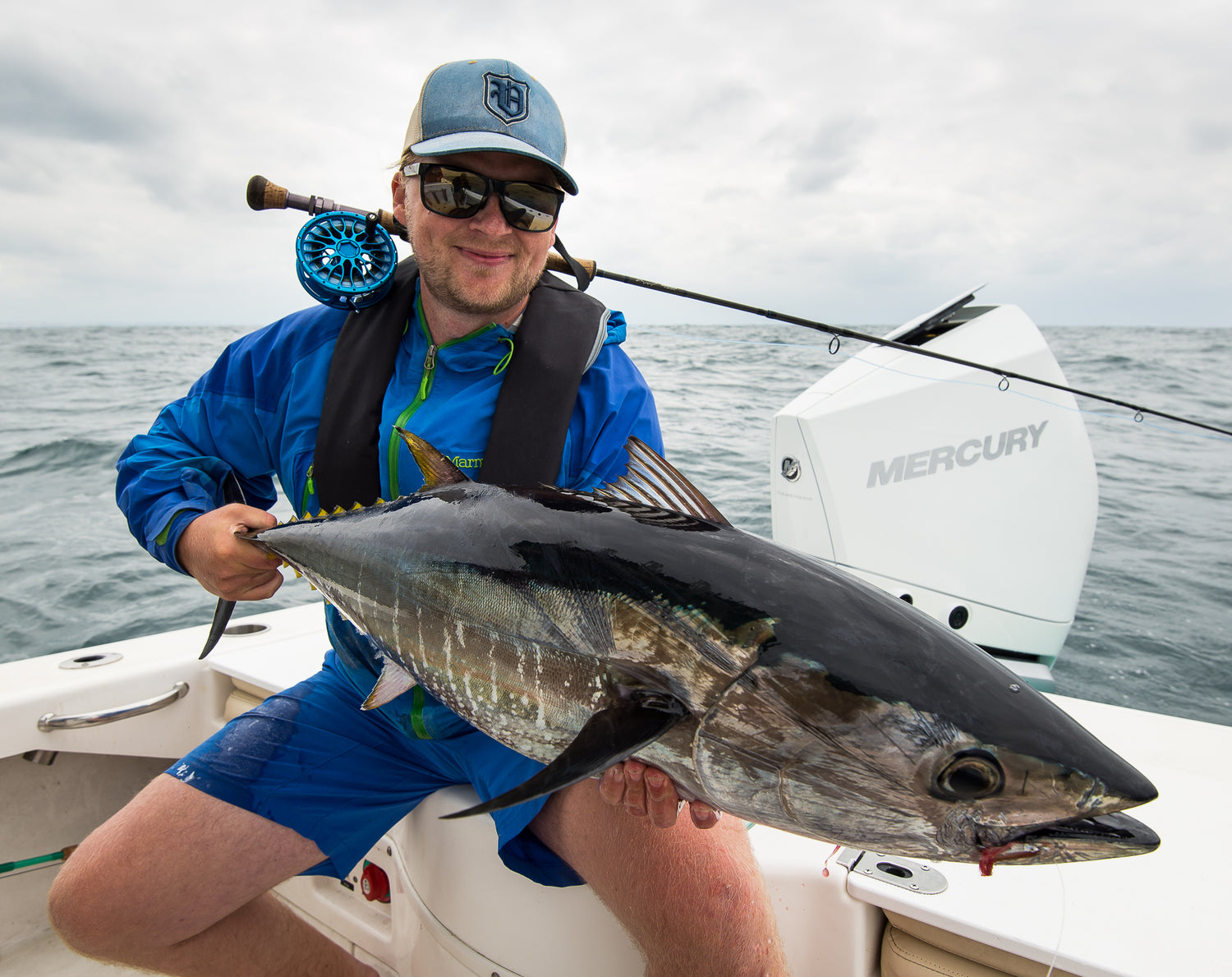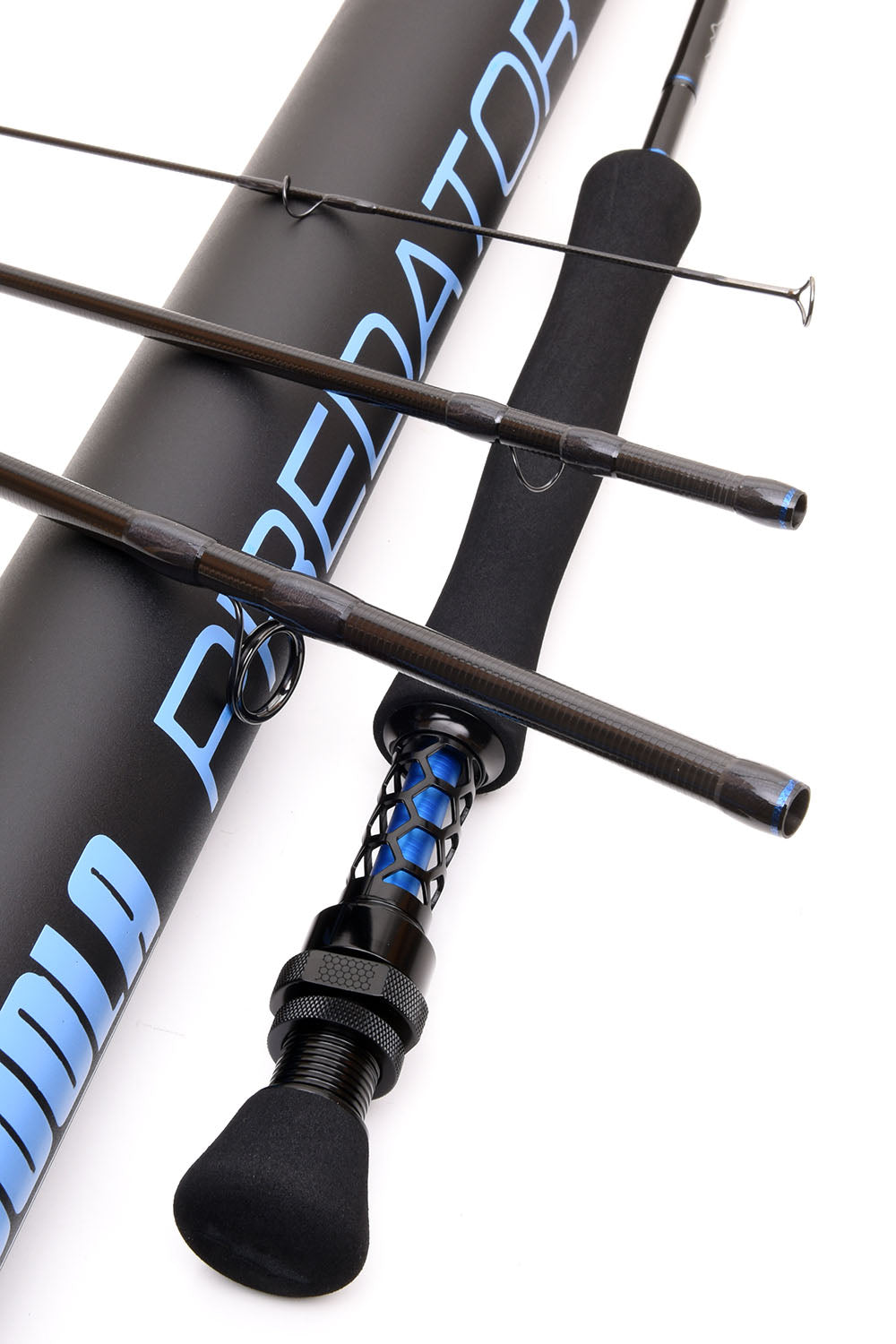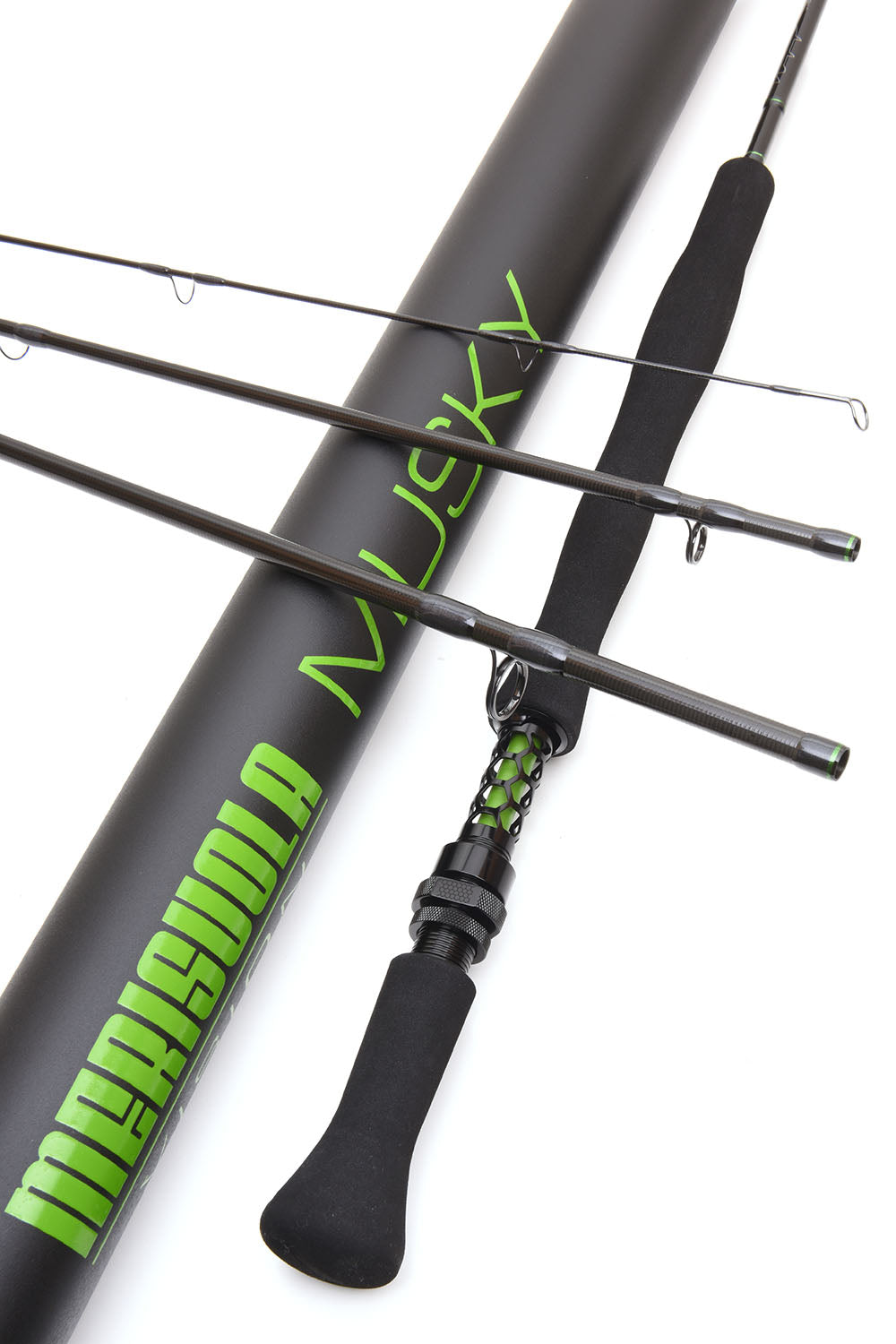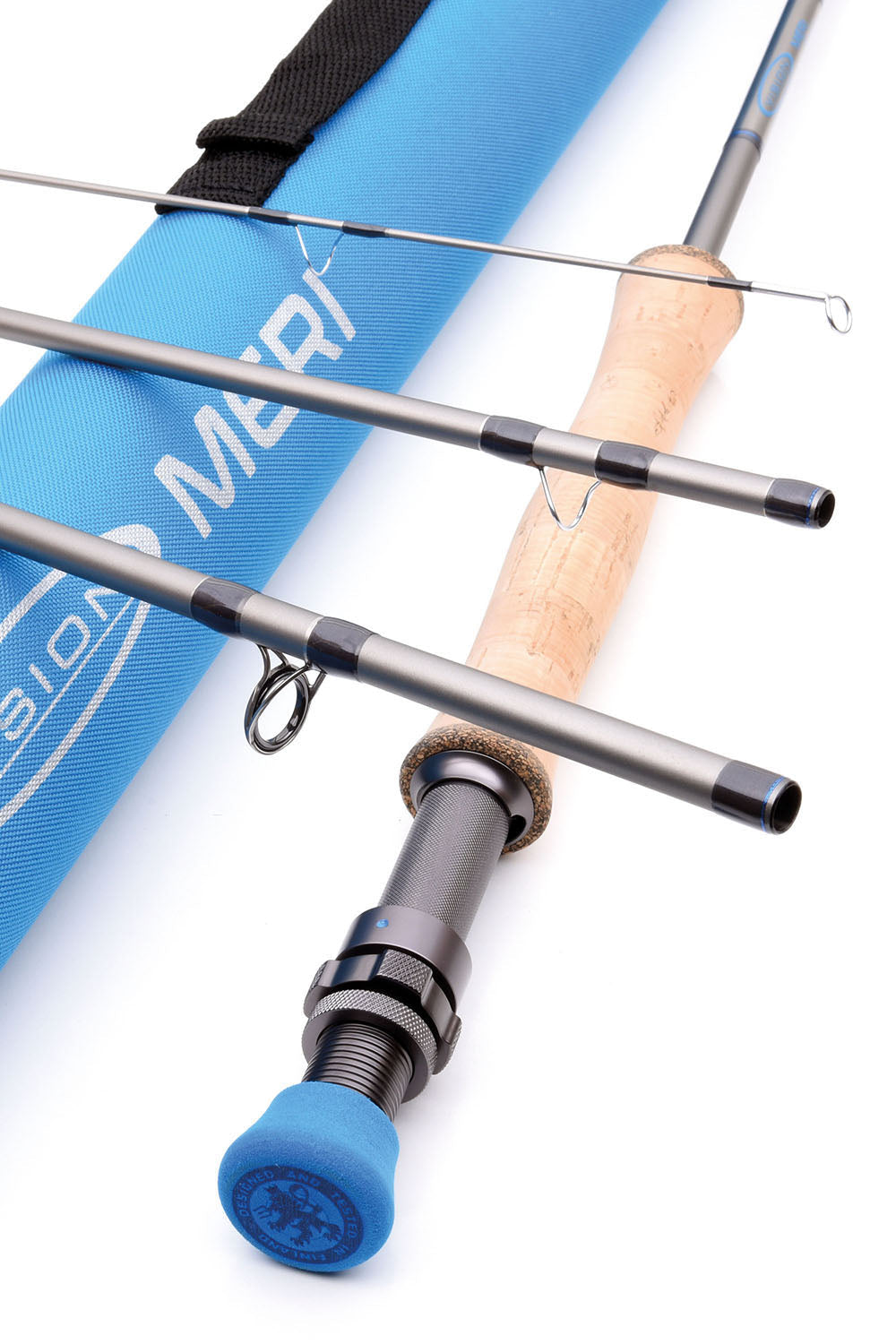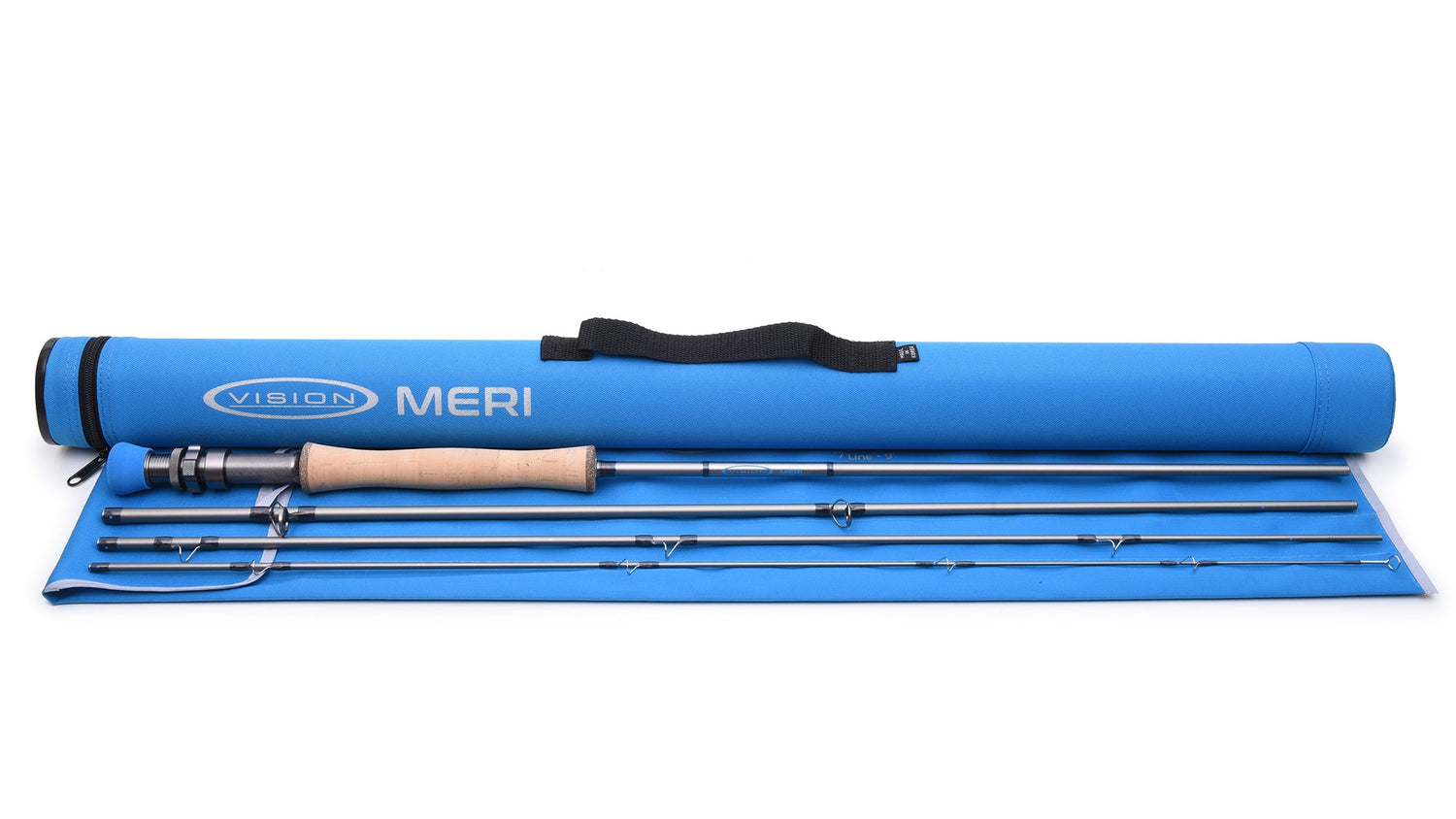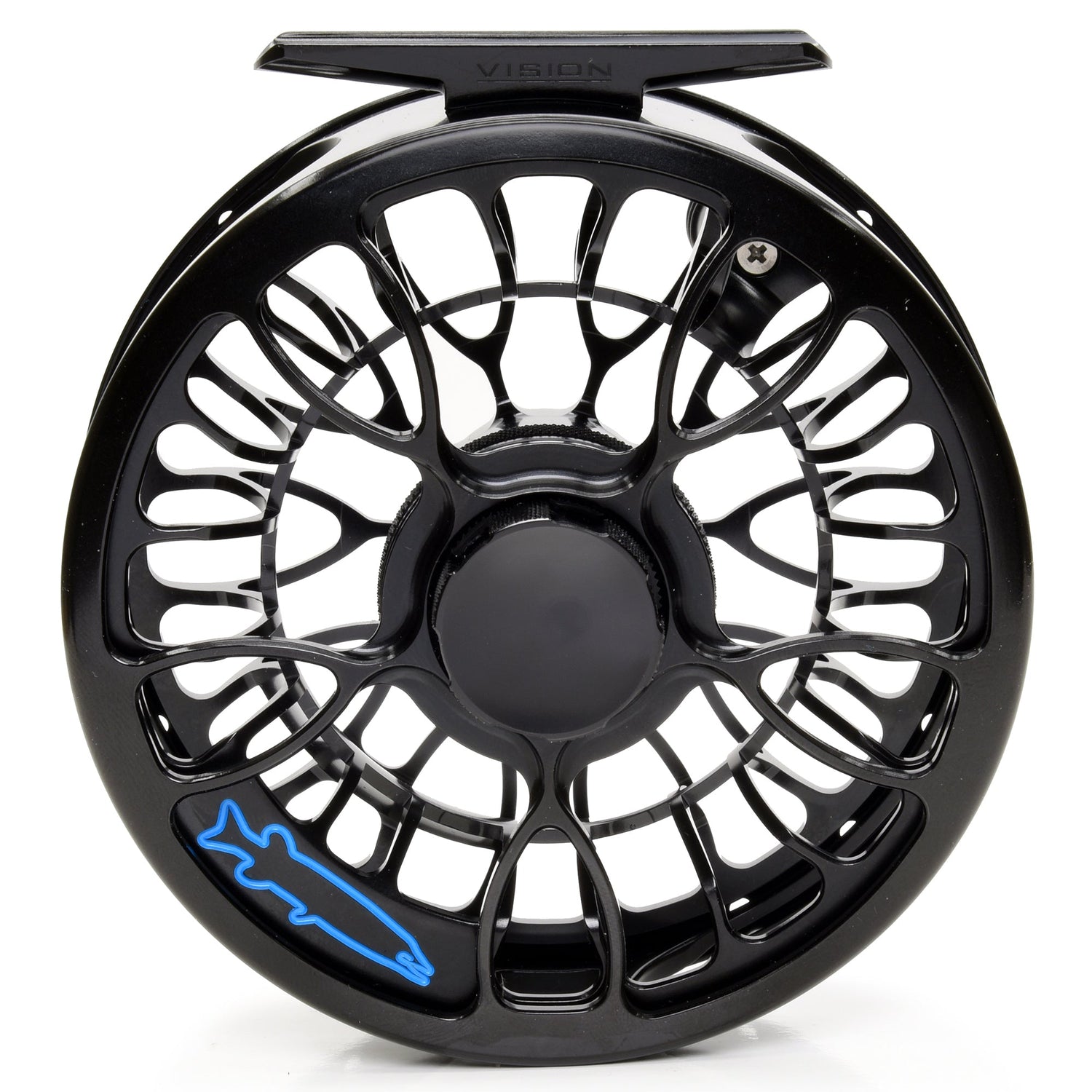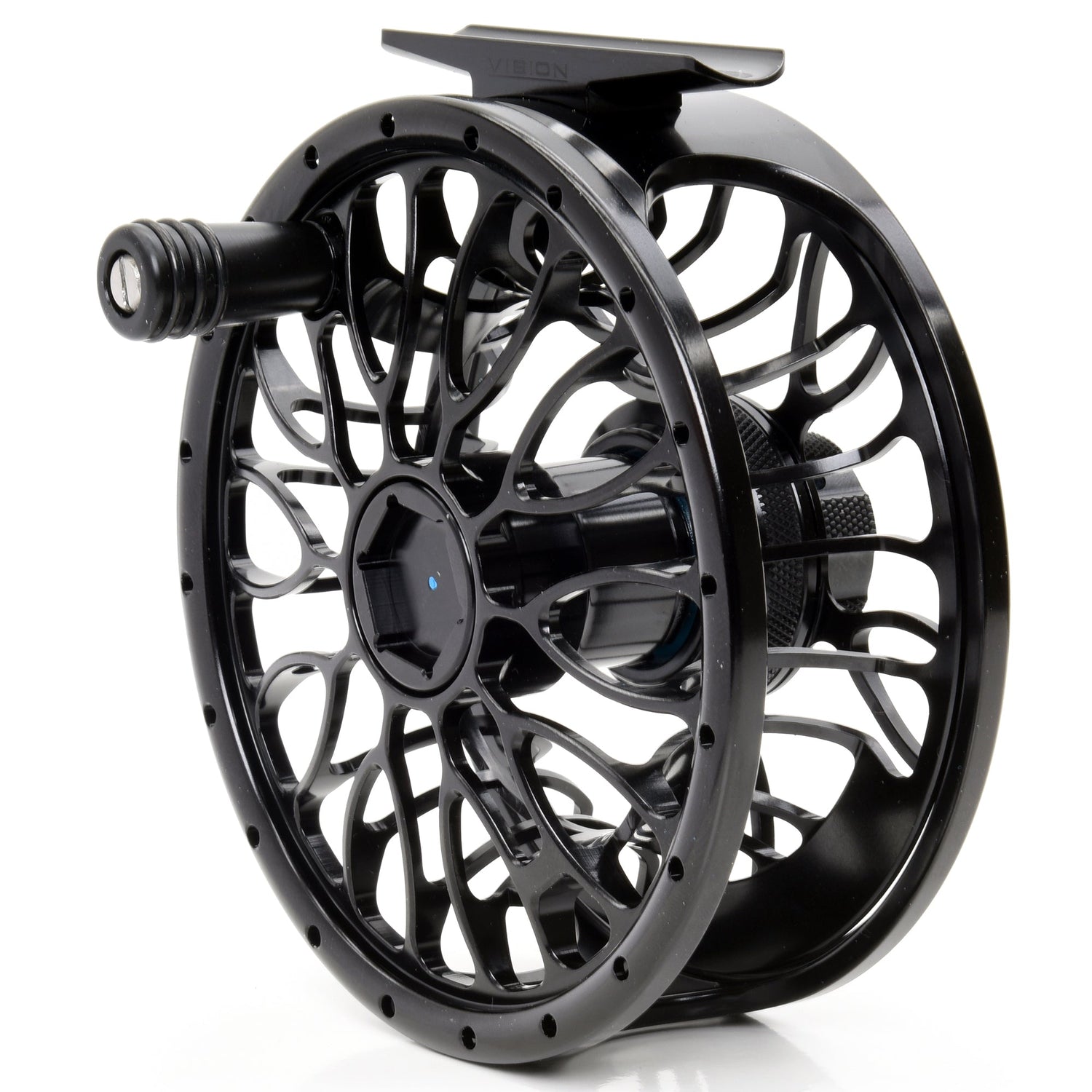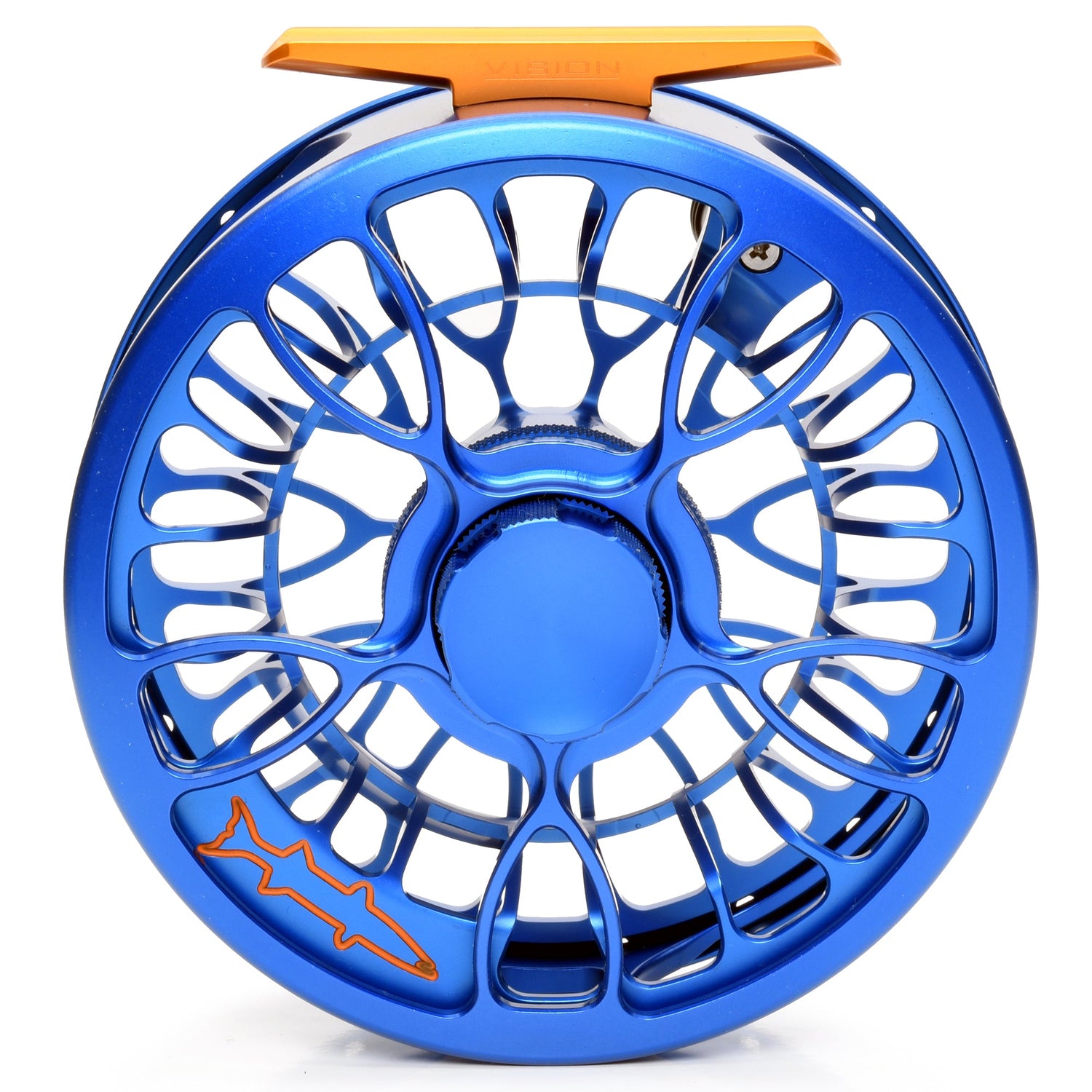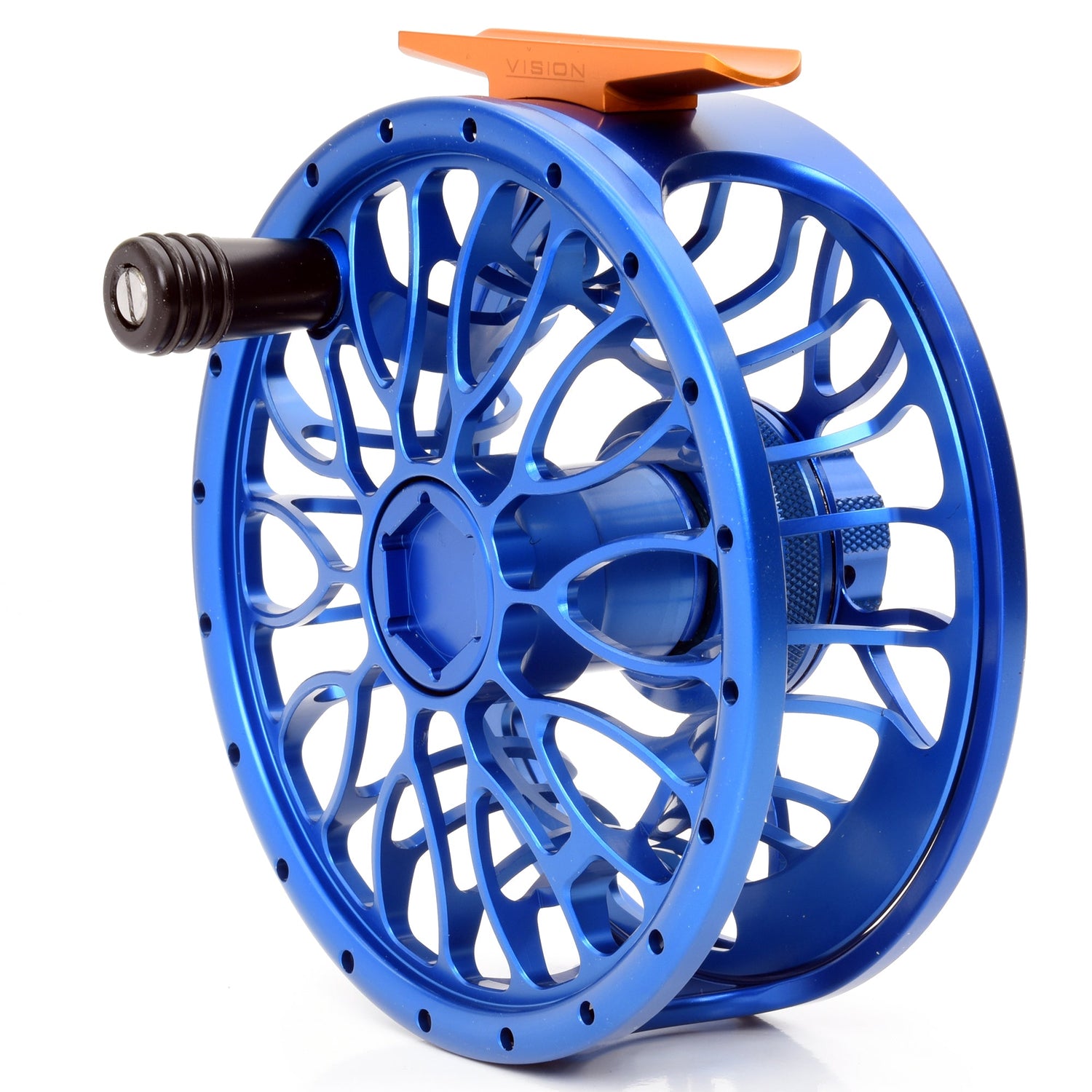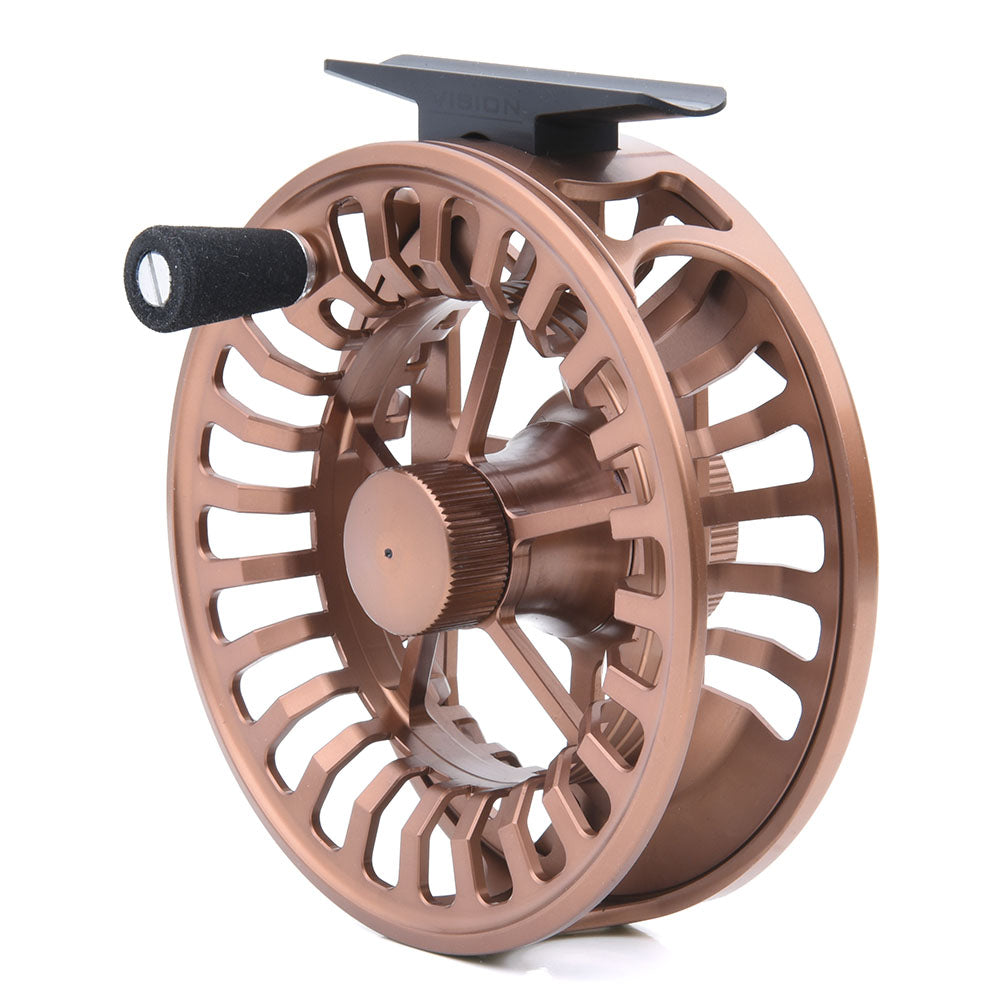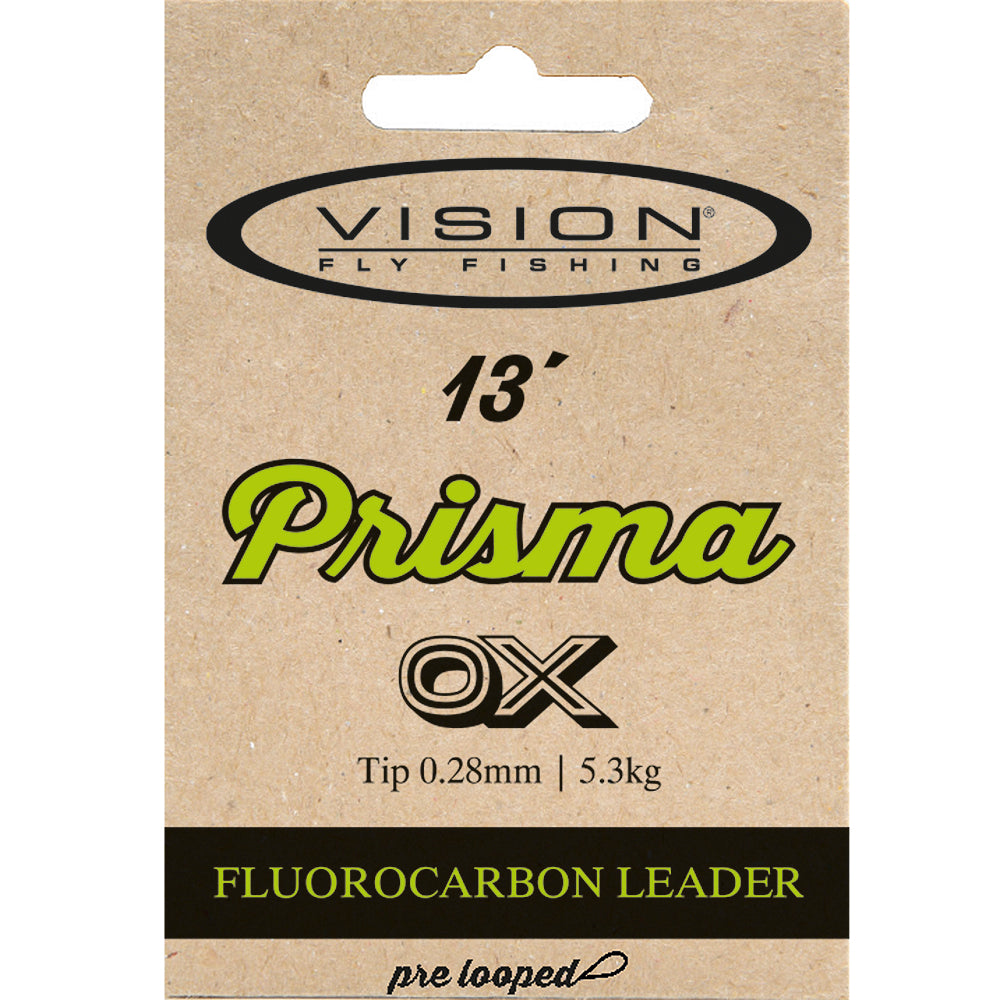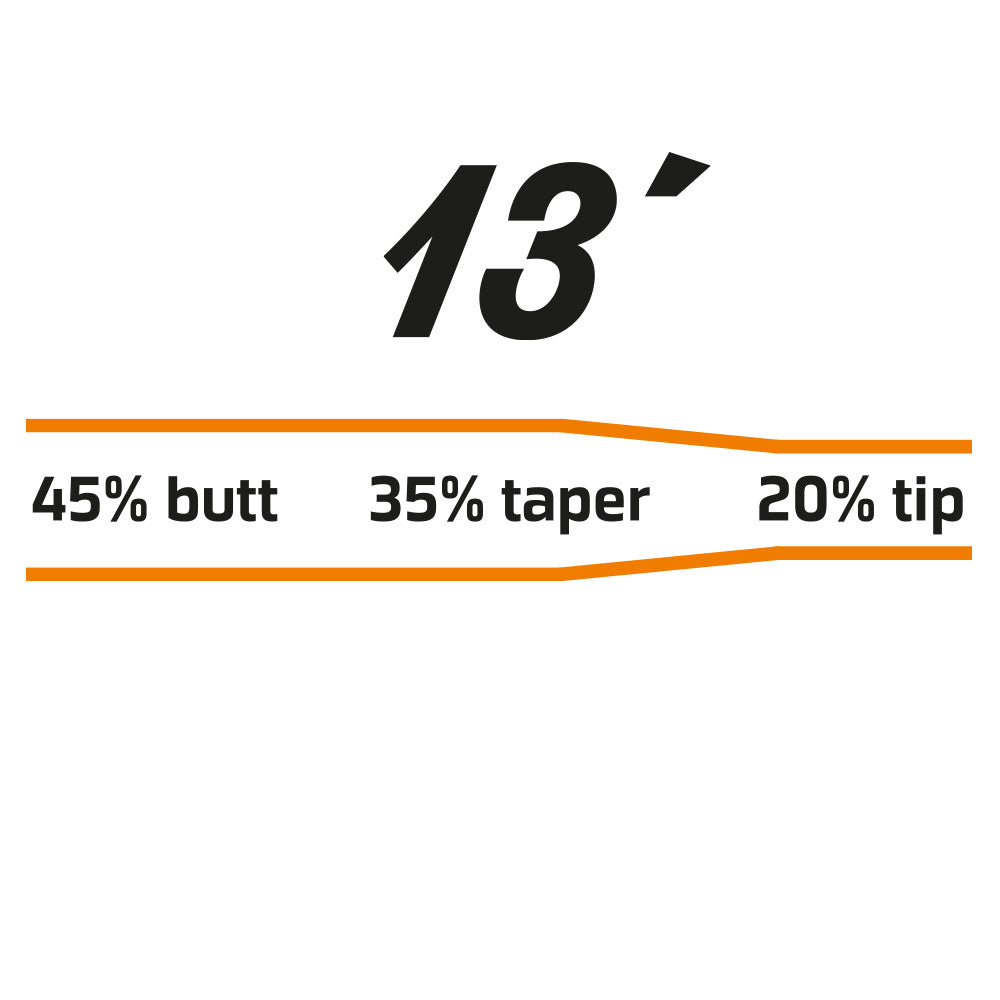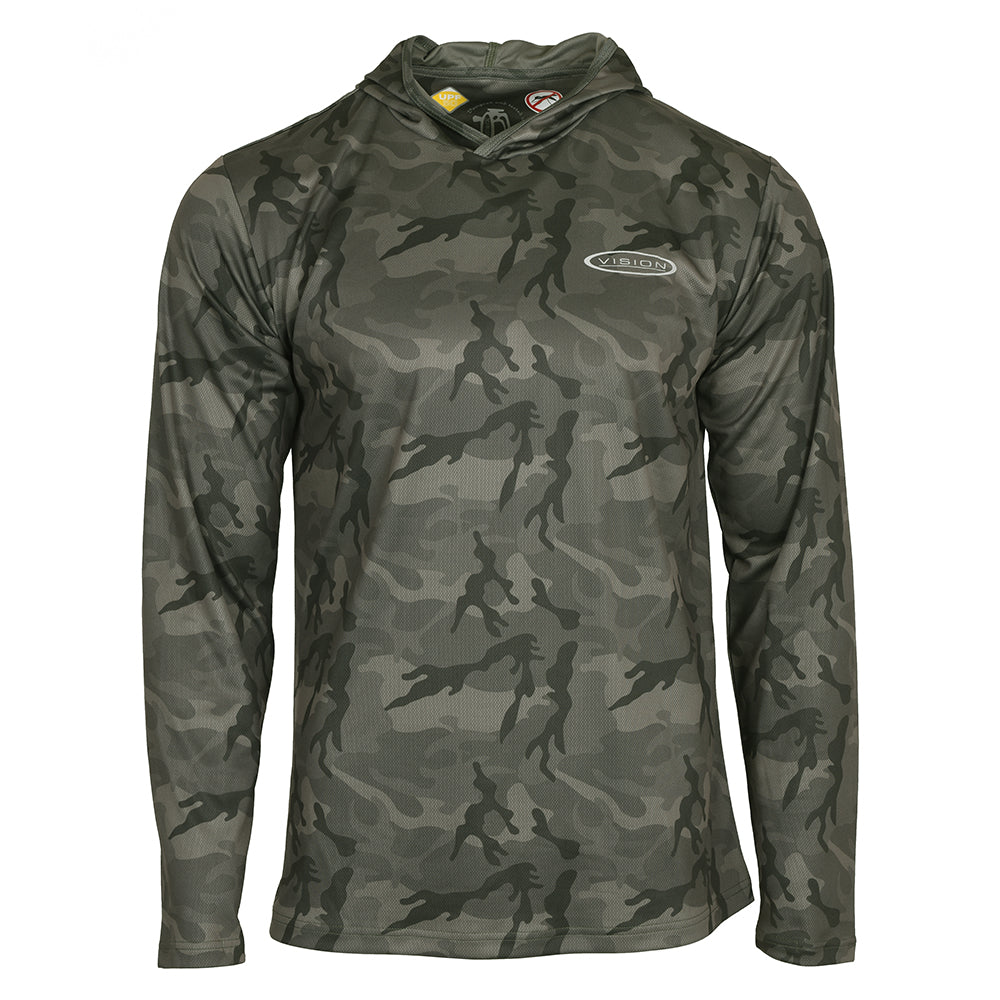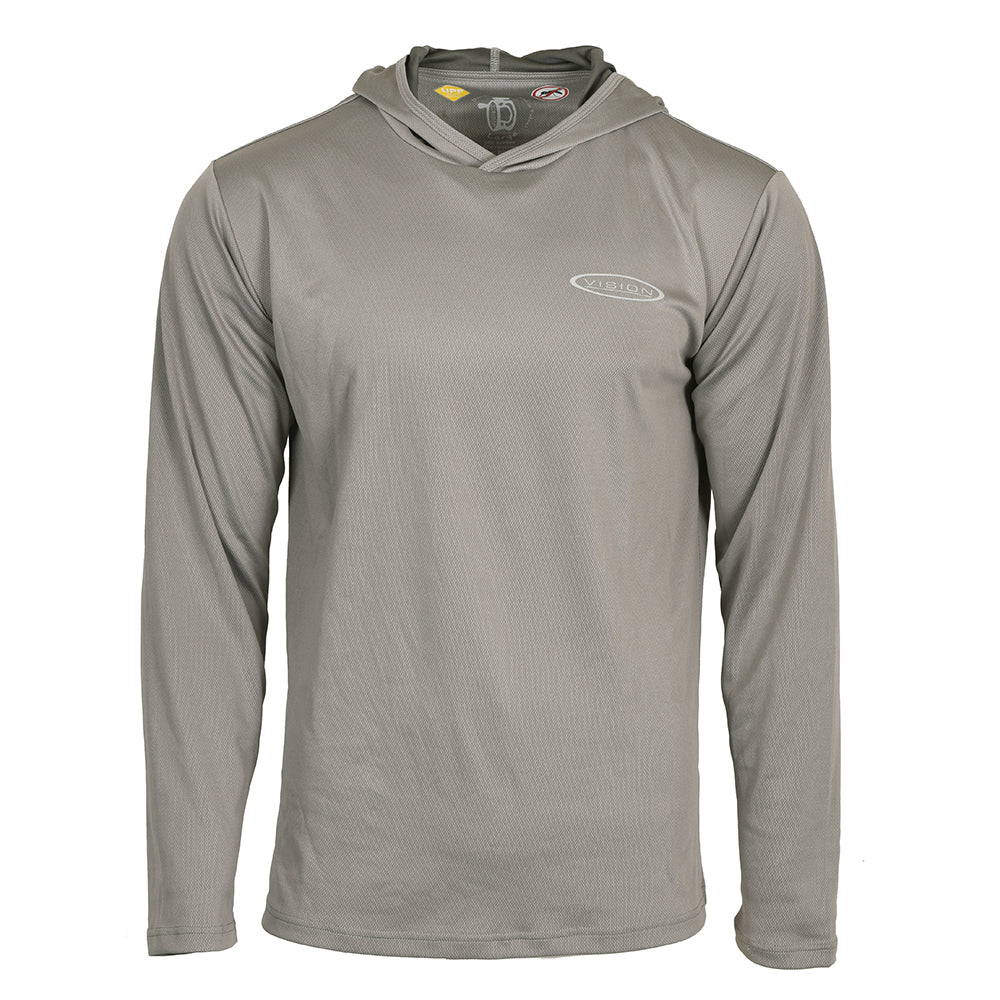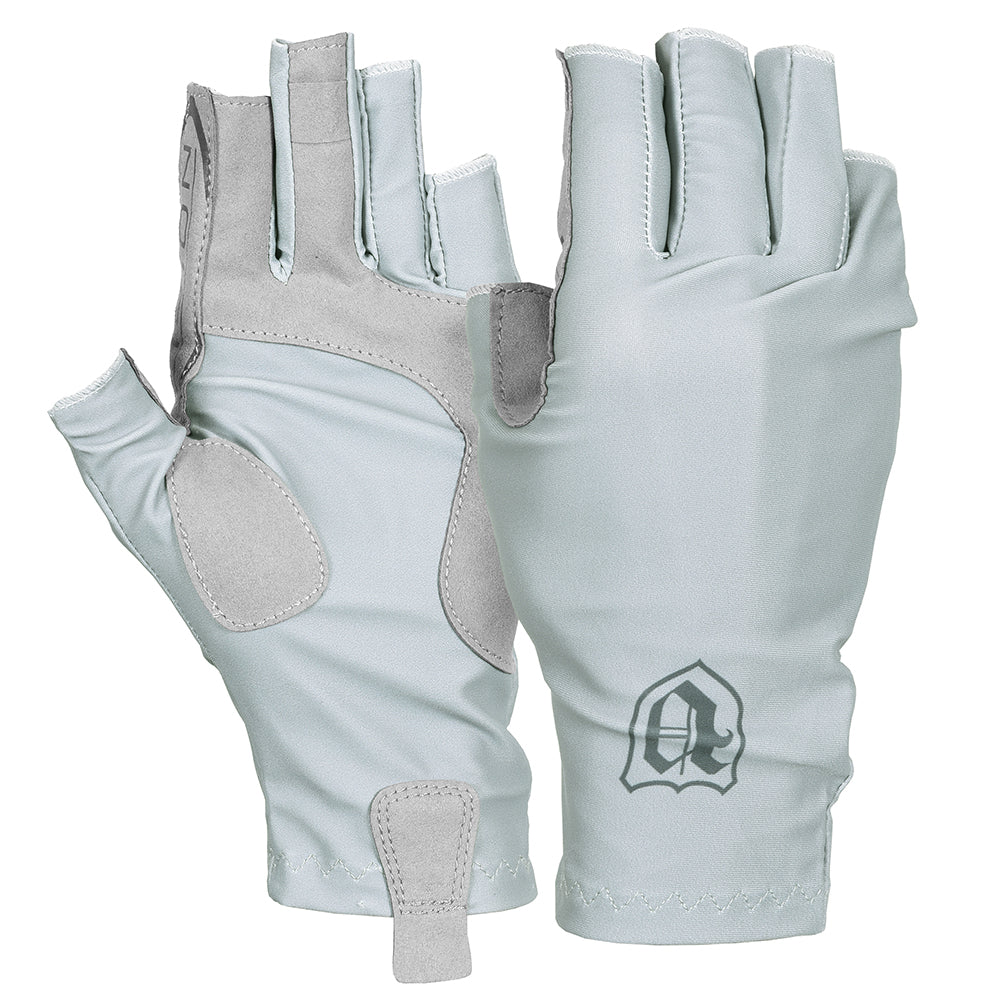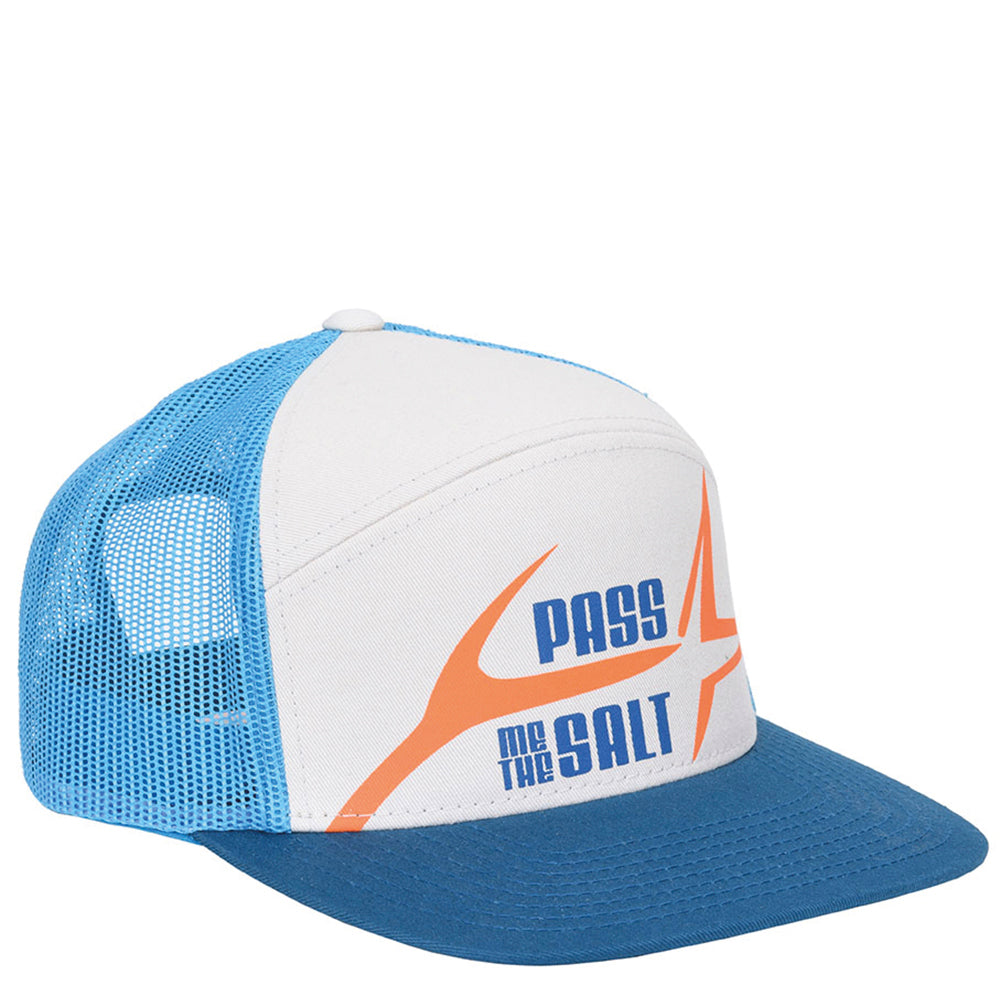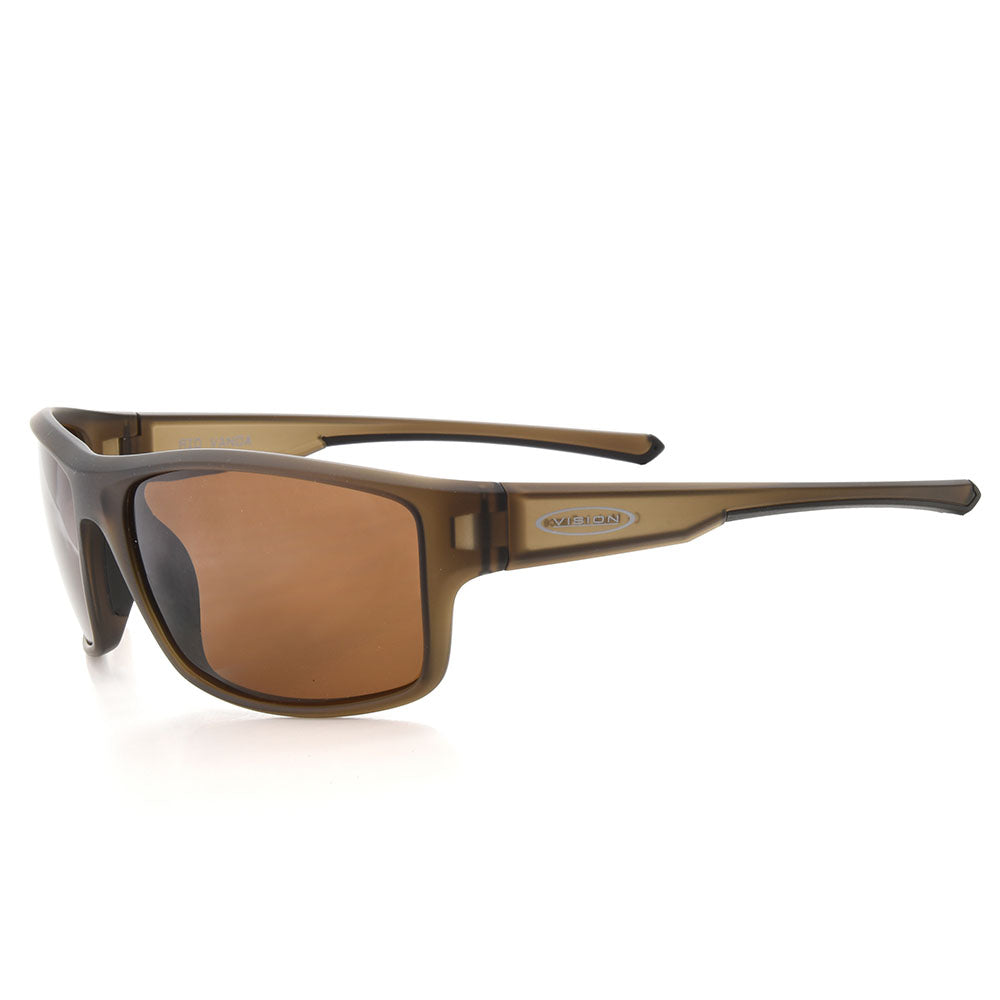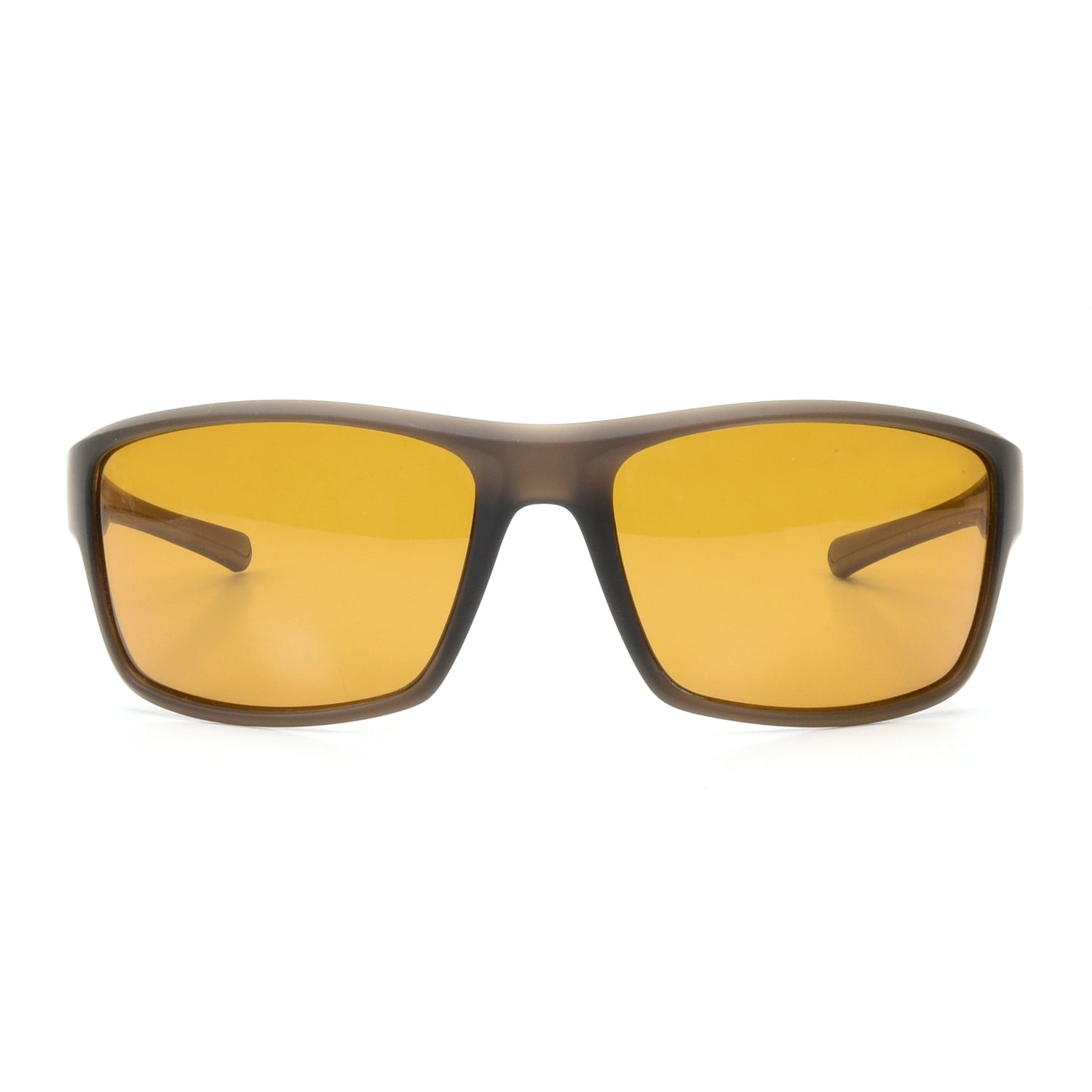We caught a Big Fish of the sea trout scene as we reached our guy Charlie Hall to share his knowledge and tips for upcoming sea trout season. Charlie is a well-seasoned sea trout angler who hunts silver bars with wading and float tube.
--
Text and photos: Charlie Hall / @hall.charlie (Instagram)

I have always been fascinated by the fact that you can catch a silver treasure (sea trout) around thousands of islands in the archipelago.
I can briefly state that I am obsessed with fly fishing for sea trout in the archipelago and on the coast because I like the challenge of catching fish that can move free in large areas.
I do all my fly fishing for sea trout wading or with a belly boat. I like the close contact with the water, the feeling of freedom, the simplicity, the excitement and the exercise I get from it. If I have the time and opportunity, I like to go by public transport or cycle to the fishing spot. As you can see, I want to do it as natural as possible, like we all did fishing back in the days when we were kids.
In this article I try to give some thoughts on how, when and where I chase sea trout by wading and belly boat. I hope you get some new insights or at least get inspired from the text, then my goal is truly fulfilled.

This is why we do it. Surrounded by Mother Nature.
Equipment:
The equipment is very simple for sea trout fishing. You need a fly rod, reel, line and some flies.
There will be a lot of casting for the trout on the coast, so the lighter equipment you use, the less energy it takes on your body and you can focus more on fishing! I would say that in coastal fishing you feel the difference if you were fishing either with slightly too heavy rod or a powerful but light one.
My favorite fly rod for sea trout fishing in the archipelago is the class 7 9ft rod. You can also use a class 6 fly rod. The advantage of fishing with a class 7 is that you can fish with larger flies compared to a class 6 and you get more power to get the fish into the net faster and minimize the stress on the fish.
Usually it's a slomo fly line spooled on my fly reel. This sink rate is perfect in my opinion as it sinks slowly enough so that you can present your flies in a good way.

Meri 9' #7 fly rod, Meri SloMo #7 fly line and Merisuola 7/8 reel. Charlie's trusted gear.
I always tie my leaders myself in lengths between 9-13 feet. I use fluorocarbon in the dimensions 0.52. 0.40 with a tip of 0.28 mm. You can of course buy pre-tapered leaders of 9 feet which you put a tipped ring on and then a meter tip.
I use a larger landing net with C&R mesh! The net is a very good aid when unhooking and photographing the fish. Also a large mesh gives you an advantage when netting a sporty fish like sea trout.
Stripping baskets should definitely be used as it helps to cast and save the life of the fly line.
In addition thermometer is a key gear for me to keep track of the water temperature as the coastal sea trout fishing is highly dependent on water temperatures which you will notice if you continued reading.

Thermometer gives you lots of important information as a small increase in water temperature can be a defining factor especially in late and early season.
Choice of fly patterns:
The sea trout's basic food in the archipelago is stickleback, herring, sandeel , shrimps and gammarus, but the trout is an adaptable predator and eats what is served on “on day’s menu”, such as bleak, roach etc.
I always tie the fly with a loop knot and I like to fish with a large fly tied on hook size 2 when fishing for sea trout in the archipelago. I believe that you should have a few fly patterns in the box that you know how they fish and that you trust 100%.
My three favorite patterns for the archipelago are wooly bugger, baitfish and Jiggy. The choice of pattern, size and color of the fly depends a lot on the season, water temperature and weather situation etc.!

Simple & Trusted are the key words in Charlie's fly box.
When, where and how I fish sea trout
The sea trout season in the archipelago runs usually from September to May. The best period for catching sea trout with a fly rod is from November to April and when the water temperature is between +3 to +6 degrees, it is prime time for us fly fishermen.
To find fishing spots where you live or fish and don't know where to fish, I recommend starting by asking your local fishing store or asking someone you know or on social media. Then you take and study the location on a map and depth chart so you have a perspective of what a good location looks like! Fishing for information and asking for guidance are two totally different things and the latter one is right way to do it. Remember that you will always get the biggest kicks, adrenaline rush and enjoyment when a fish, take or follower is a result of work and dedication that you did by yourself. Finding those own sea trout spots are the biggest price in this sport.
When I choose a fishing spot, I take into the account the season, wind direction, water temperature and water level.
In general in the Autumn when the water is warm, I like to fish more exposed places with deep water near the place where the herring school up and I fish large flies with fast retrieve.
In winter and spring I fish and look for more shallow areas where the water warms up faster. During this period smaller flies work well as Shrimp and Gammarus imitations and don't forget to retrieve the fly slow! During this period I also like to fish with two flies! A Gammarus as a dropper fly and a Wolly bugger at the tip.

Golden hour, sunsets, first rays of daylight. Those are the moments we are graving for.
Some final thoughts and tips
Over the years I have experienced many great fishing memories but also those miserable defeats. What I take with me is that you always learn something new on your fishing trips, even if you don't catch any fish. This is important so I re-write it: Take learnings with you from those days you don’t catch anything; what were the conditions, what kind of area did you fish etc. Because when there comes a day you get that catch (and I promise you there will be that day because hard work always pays off), you will have a information pieces for your seatrout puzzle which eventually creates your game book.
The important thing in my fly fishing is not to catch a lot of fish! It's the journey, the plan and how I catch a fish that counts for me.
Finally, I really want to recommend all beginners and professional fly fishermen to try the challenge of catching silver on the coast! If you want to learn more about fly fishing for sea trout, there are lots of videos and tips on YouTube and social media but remember that you don't catch any fish behind the TV screen. It's the time you have the fly in the water that counts.
Thank you for reading my little article on fly fishing for sea trout and I hope you have become interested in catching a silver treasure! If you have any questions, you can send them to my Instagram account. @hall.charlie
Charlie Hall
- 51 years old fly fishing maniac from Sweden
- Started fly fishing at the age of 10
- Fishes pretty much everything on a fly
- Loves fly fishing not only to catch fish but to catch nature experiences, new friends, feel the excitement, enjoy challenges, fly tying, working with casting technique etc.


